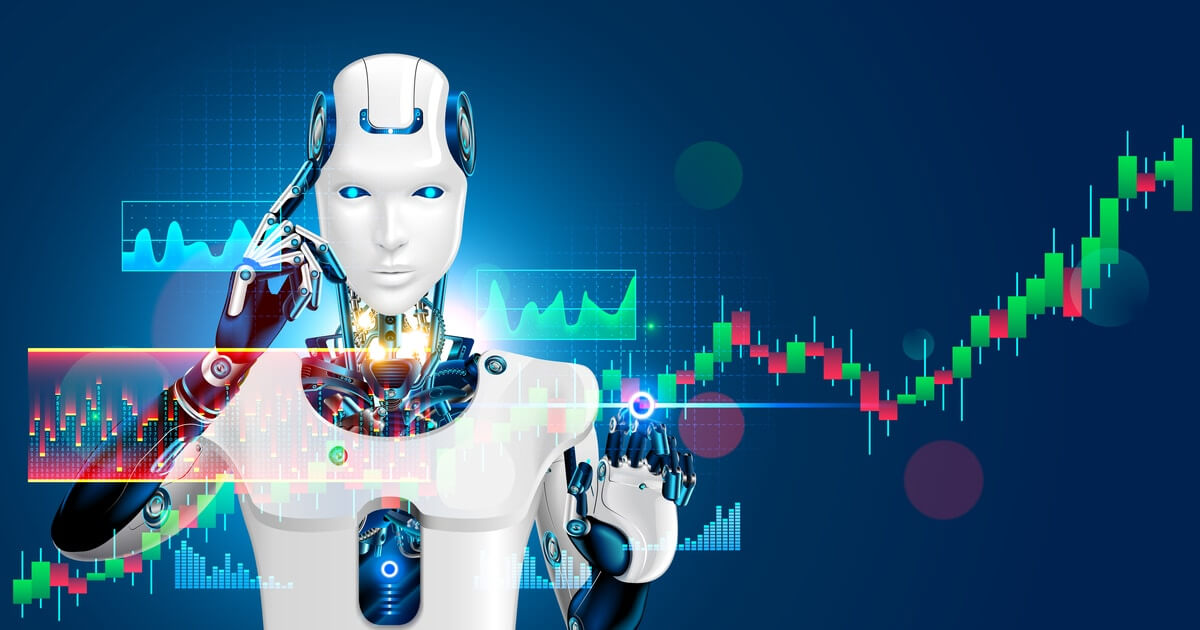AI Illustration Trends: Primo Model Enables Surreal Astronaut Art for Creative Industries

According to @PicLumen, the Primo model is being used to generate AI illustrations that fuse scientific and surreal elements, exemplified by images of astronauts surrounded by floating rocks and blooming wildflowers (source: twitter.com/PicLumen/status/1948926747086315626). This trend highlights the expanding capabilities of generative AI in visual storytelling, offering creative professionals in design, advertising, and entertainment new tools to produce unique, engaging content. Businesses leveraging AI-generated art models like Primo can capitalize on demand for innovative visuals, streamline content creation workflows, and differentiate their brand in highly competitive creative markets.
SourceAnalysis
From a business perspective, these AI developments open lucrative market opportunities, particularly in monetizing generative art for commercial use. Companies can leverage tools like advanced diffusion models to create custom visuals for branding, reducing production costs by up to 70 percent, as highlighted in a Deloitte study from September 2023 on AI in creative workflows. Market trends indicate a competitive landscape where key players such as OpenAI with DALL-E 3, launched in September 2023, and Adobe's Firefly, integrated into Photoshop in May 2023, dominate with subscription-based models generating millions in revenue. For businesses, implementation strategies include integrating AI into content creation pipelines, offering personalized art services that tap into themes of surrealism and isolation for mental health apps or virtual tourism. Monetization avenues range from NFT marketplaces, where AI-generated art sales exceeded 25 million dollars in 2023 according to NonFungible.com data from December 2023, to licensing models for stock imagery. However, challenges like intellectual property disputes pose risks, with lawsuits against AI firms rising 40 percent in 2023 per a Reuters report from January 2024. Regulatory considerations, such as the EU AI Act passed in March 2024, mandate transparency in training data, compelling businesses to adopt ethical sourcing practices. Ethical implications include addressing biases in datasets that could perpetuate isolation narratives unfairly, with best practices involving diverse training sets as recommended by the AI Ethics Guidelines from the OECD in May 2019, updated in 2023. Overall, the direct impact on industries like advertising sees AI boosting efficiency, while opportunities in e-commerce involve generating product visuals on-demand, potentially increasing conversion rates by 20 percent based on Shopify insights from November 2023.
Technically, these AI models rely on transformer architectures and latent diffusion processes, with innovations like ControlNet from February 2023 allowing precise control over compositions, such as positioning floating rocks or wildflowers in surreal scenes. Implementation challenges include high computational demands, often requiring GPUs with at least 8GB VRAM, but solutions like cloud-based services from AWS, which expanded AI offerings in April 2024, mitigate this by providing scalable infrastructure. Future implications predict hyper-realistic generations by 2026, with multimodal AI combining text, image, and audio, as forecasted in a Gartner report from February 2024 projecting 80 percent adoption in creative tools. Competitive landscape features emerging players innovating on open-source bases, while predictions suggest AI art will influence metaverse economies, valued at 800 billion dollars by 2024 per Bloomberg analysis from July 2022, updated in 2024. Ethical best practices emphasize human-AI collaboration to avoid over-reliance, ensuring wonder in creations without ethical lapses. In summary, these trends underscore AI's role in bridging science and surrealism, with practical business applications poised for growth.
What are the main challenges in implementing AI image generation for businesses? The primary challenges include high initial costs for hardware or cloud services, data privacy concerns under regulations like GDPR, and the need for skilled personnel to fine-tune models. Solutions involve starting with user-friendly platforms and partnering with AI vendors for training.
How can companies monetize AI-generated art? Businesses can sell digital assets as NFTs, offer subscription-based generation services, or license images for marketing, with successful examples from platforms like Getty Images integrating AI in 2023.
PicLumen AI
@PicLumenAI image generation made intuitive. Text-to-image, image-to-image & image description tools. No watermarks. Featuring FLUX.1 & fan-favorite PicLumen Art V1.
.jpg)
